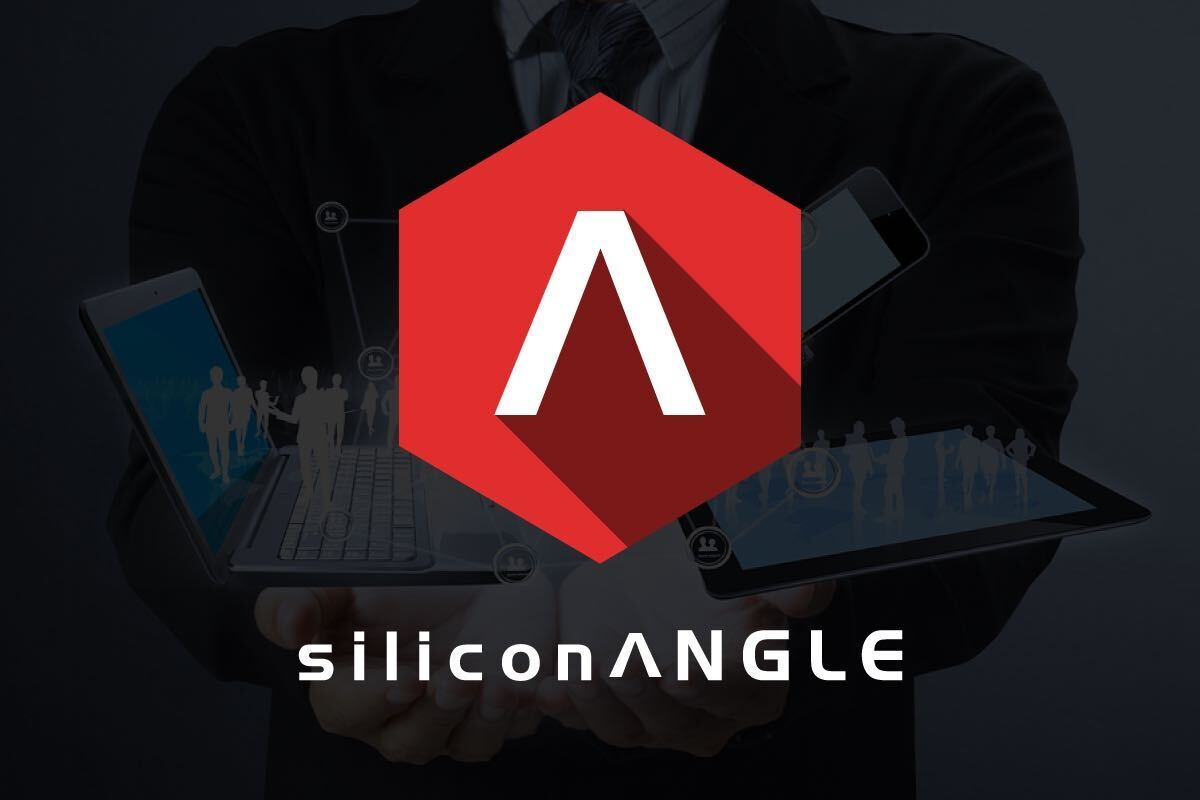


![]() Howard Elias, President and Chief Operating Officer, of Global Enterprise Services at EMC, discussed the company’s overall strategy with theCUBE co-hosts Jeff Frick and Dave Vellante in a live interview from EMC World 2014.
Howard Elias, President and Chief Operating Officer, of Global Enterprise Services at EMC, discussed the company’s overall strategy with theCUBE co-hosts Jeff Frick and Dave Vellante in a live interview from EMC World 2014.
“There’s a lot of talk about third platform,” Elias said, and EMC is “really informed about what customers are looking for.” Trends like cloud, mobile, social are “really enforcing what we are doing,” and data, he pointed out, is not just what’s created by users, it’s all the machine data, telemetric data, “it needs a different infrastructure for third platform.”
.
Hybrid cloud is the future, but it needs a unified management model. “The real answer is that hybrid cloud having one model, you want to do that independent from where the architecture sits,” Elias added. For the hybrid cloud common management model “we chose the VMware ecosystem.
Asked if he was worried about having cloud stovepipes, Elias sad that as an industry, they are trying to move customers away from vertical silos, advising them to have more horizontal silos. “What we see now, the silos being re-created,” whether you want a public cloud, an on premise infrastructure, “we’ve traded this for silos of the future.”
“It’s all about the workload and not all workloads are created equal,” Elias said. “Workloads have different characteristics. You need the right tool for the job. What we’ve done for a long time, with services and virtualization as a first cut, to bring all that in the common model. ViPR takes that to the next level” he explained, noting that while you can still choose the right tool for the right job, you have the same management paradigm.
If EMC doesn’t have the capability, they either partner, acquire, or develop it organically, as it happened with ViPR, Elias said. The company aims to help customers build their hybrid cloud, they want EMC architecture supporting on premise workloads. EMC focuses on five key technologies to conquer the market: flash, software defined storage, Big Data storage and converged infrastructure.
.
Commenting on VCE’s $1.8 billion run rate and 50 percent growth, Elias said he “couldn’t be more pleased.” VCE has customers in 50+ countries and the growth was of a minimum 50 percent for each of the last four quarters.
Asked about the role services play, Elias said “what customers really value and appreciate is the upfront, the strategy, the economics, the business outcomes…Services are a key driver for us. We think it’s important to have direct services ourselves,” he went one, but also inform and enable the partner channels going forward.
As far as the new federation is concerned, Elias said customers loved the idea. “We’re working very closely with the federation groups and architecting the right solutions, working on the right services to take the solution to the customers. What we find with customers, they do not want to be locked in,” they want to have choice.
“The federation gives them that at every level,” Elias explained. “It’s a strategically aligned set of businesses, we all see the marketplace evolving the same way. We all have the ultimate same goal for our customers for the long term.”
Asked what the bumper sticker for the event would be, Elias said “hybrid cloud is real, we can actually build it in hours and you can deploy applications in days.”
Support our mission to keep content open and free by engaging with theCUBE community. Join theCUBE’s Alumni Trust Network, where technology leaders connect, share intelligence and create opportunities.
Founded by tech visionaries John Furrier and Dave Vellante, SiliconANGLE Media has built a dynamic ecosystem of industry-leading digital media brands that reach 15+ million elite tech professionals. Our new proprietary theCUBE AI Video Cloud is breaking ground in audience interaction, leveraging theCUBEai.com neural network to help technology companies make data-driven decisions and stay at the forefront of industry conversations.